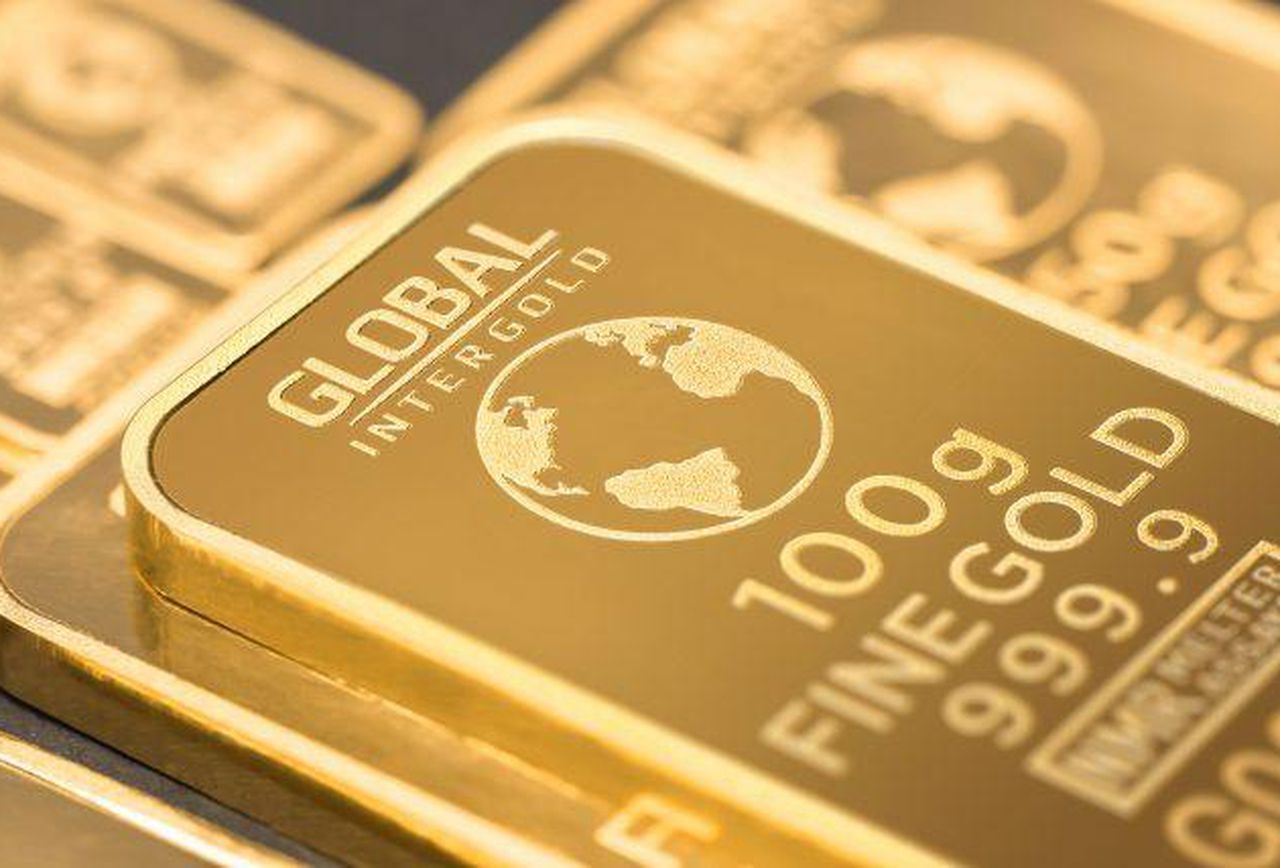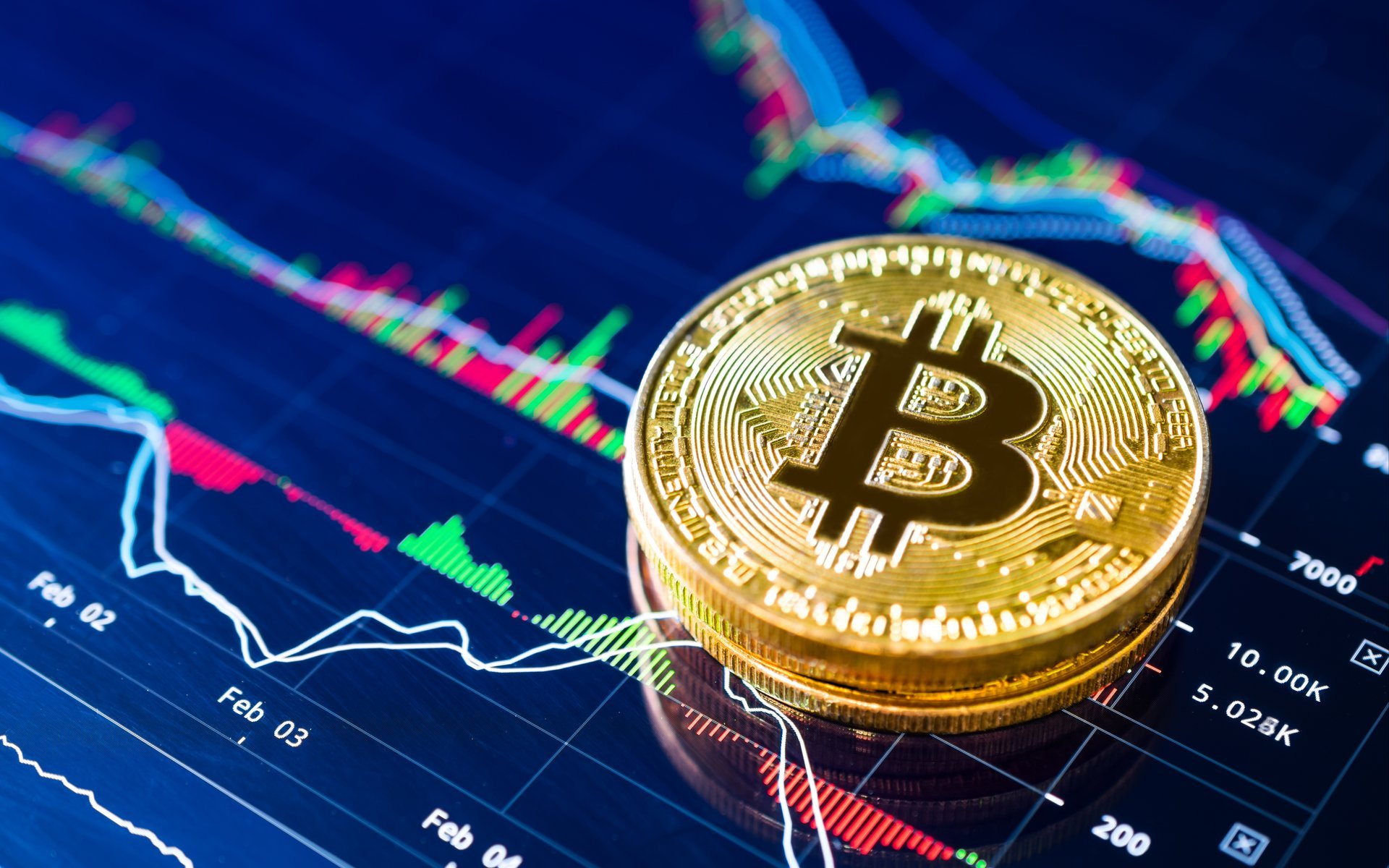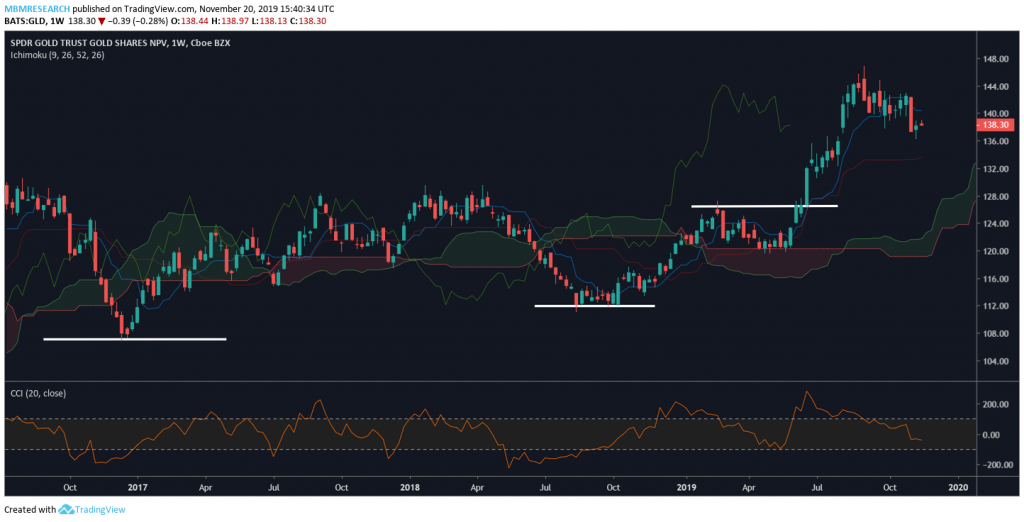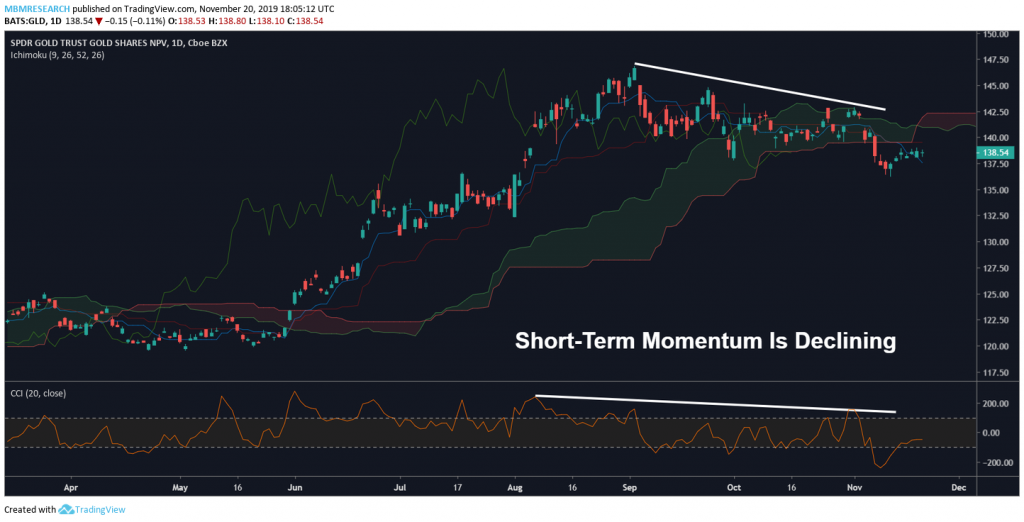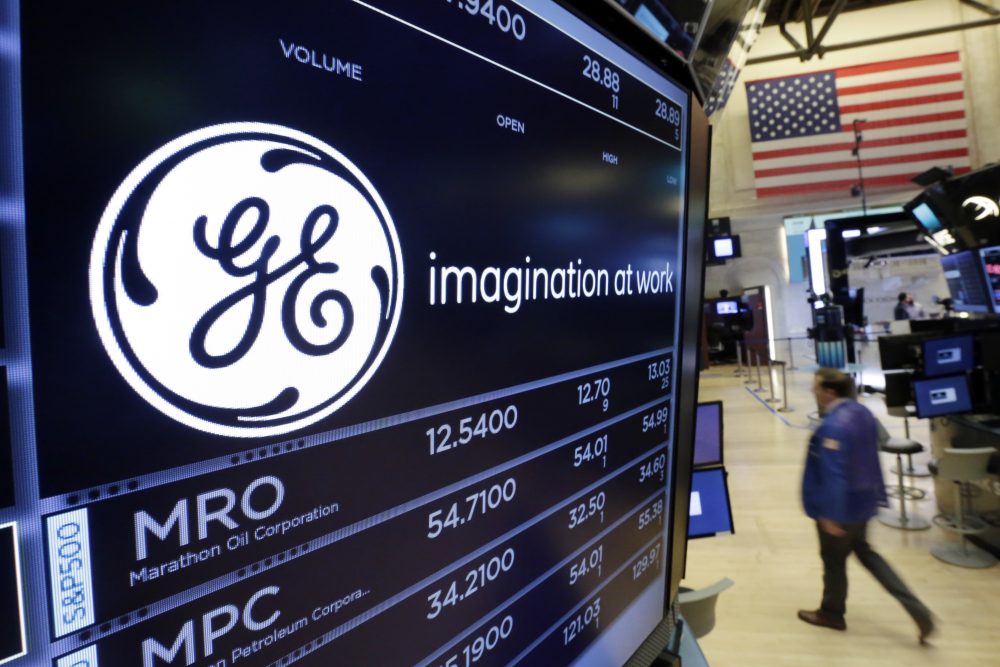Stock Trading Strategy: Appropriation of Retained Earnings
After a successful performance of a corporation, the shareholders are expecting to receive something in return from their capital contribution. However, the board of directors will still discuss if it is the right time to distribute the retained earnings through dividends. Some corporations are still facing problems that hinder them to repay their shareholders. But some are just establishing their priorities in order to fuel their expansion. If the board decided not to pay out dividends or will distribute only a part of the profits, a portion of the retained earnings will be appropriated for a specific purpose. These are the commonly created appropriations:
Appropriation for Contingencies
Corporations allocate their retained earnings to reserve their resources if in case they fail on a pending lawsuit which will result in charges to be incurred. The amount of the liability to be charged on a company regarding a lawsuit is uncertain. A corporation that is unprepared for future losses might end up struggling with bigger problems. Therefore, it is a sensible decision for the board of directors to designate a portion of its retained earnings for emergency purposes.
Appropriation for Plant Expansion
If a corporation has decided to acquire land and build plant facilities, it will surely allocate its retained earnings for such a project. As a project concerning plant expansion continues, a substantial amount of expenses will persist to be incurred to the company as time goes by. Thus, the designation of the retained earnings is reasonable since this is for the benefit of all the shareholders in the future.
The appropriation for contingencies and plant expansion is called voluntary appropriations because these are established by the board of directors at the same time permitted by the shareholders.
Appropriation for Bonds and Stock Redemption
Retained earnings are often reserved with the intention of guaranteeing the disbursement for the bonds or redemption of the stocks. This retained earnings allocation is also known as contractual appropriation.
Appropriation Reserve for Treasury Shares
If a corporation is planning to reacquire outstanding shares from its shareholders, it will retain its profits instead of giving it out through dividends. Since it is covered by the law, the appropriation is also called as legal appropriations.
For readers to get the point of view of the corporation, an example is cited below:
Company XYZ has obtained retained earnings of $4 million. The board has appropriated an amount of $1.5 million from the retained earnings with the purpose of building plant facilities which the shareholders approved. The journal entry for the appropriation is recorded as follows:
Retained Earnings 1,500,000
Appropriation for Plant Expansion 1,500,000
The appropriation for plant expansion is still a retained earnings account but it will not be taken for the payment of dividends. As a result, the unappropriated retained earnings worth $2.5 million is the maximum amount available for paying out dividends.
Once the goal in appropriating the retained earnings has already been achieved, the appropriation can now return as unappropriated retained earnings. As a result, it can be used to distribute dividends or appropriate it again for some other purpose. A journal entry using the foregoing example will be prepared as:
Appropriation for Plant Expansion 1,500,000
Retained Earnings 1,500,000
Aside from distributing dividends, corporations will not restrict a portion of their retained earnings for the intention of supporting their regular operations. The appropriations will be reflected in the statement of retained earnings in order to maintain the trust of the shareholders since some are skeptical that the appropriated amount might go to the pockets of the board of directors.




